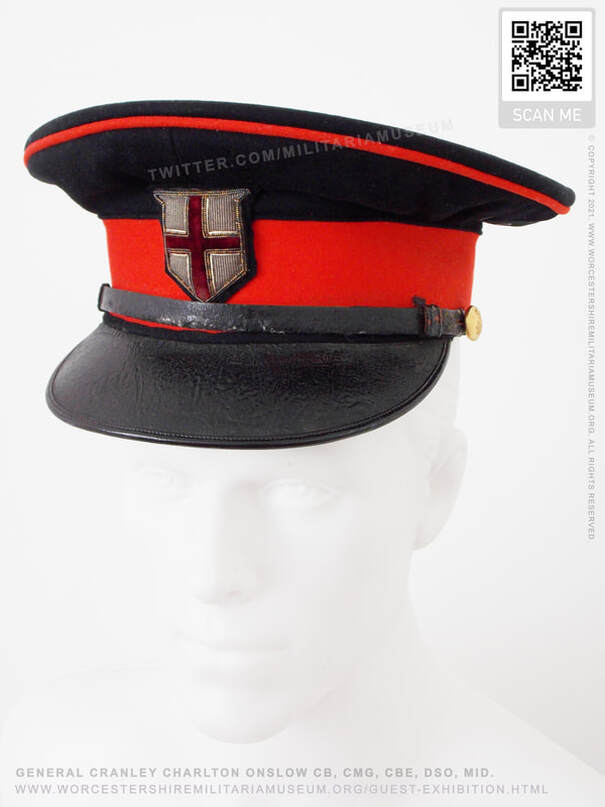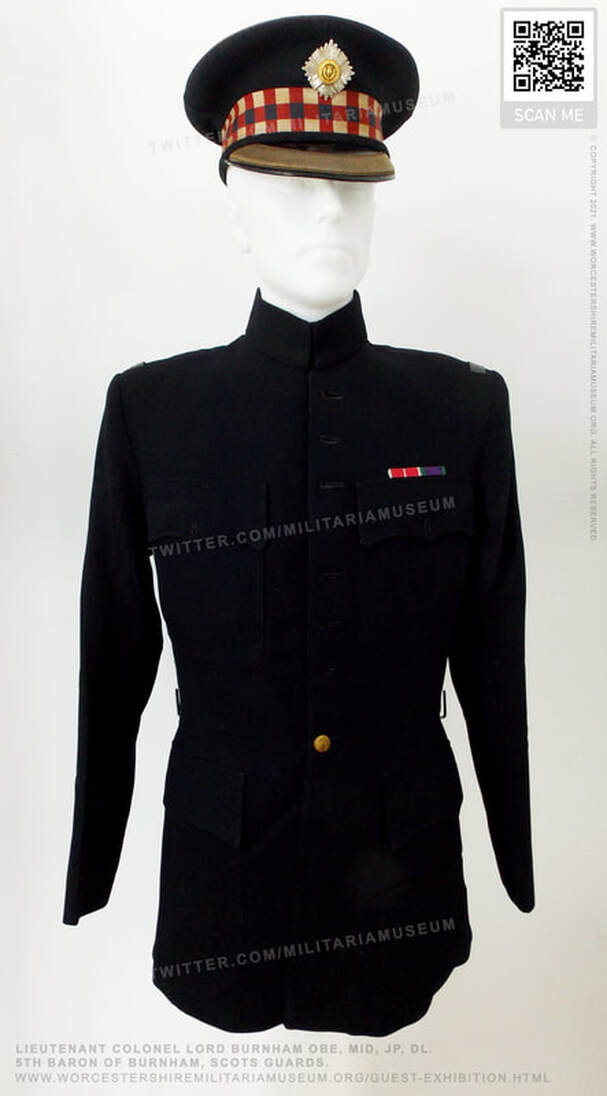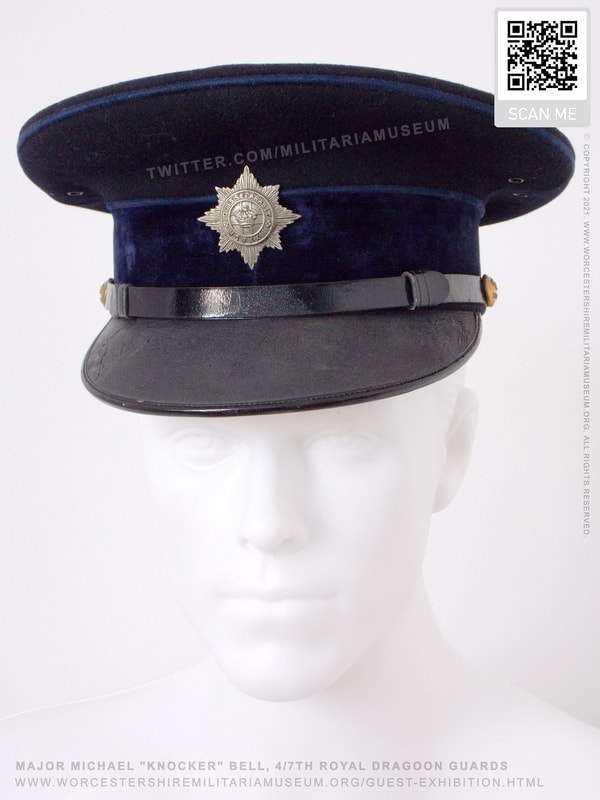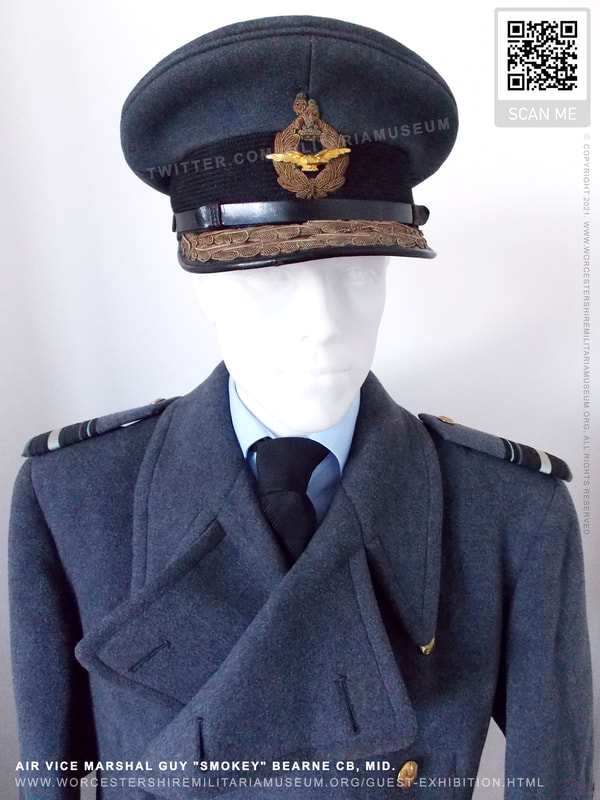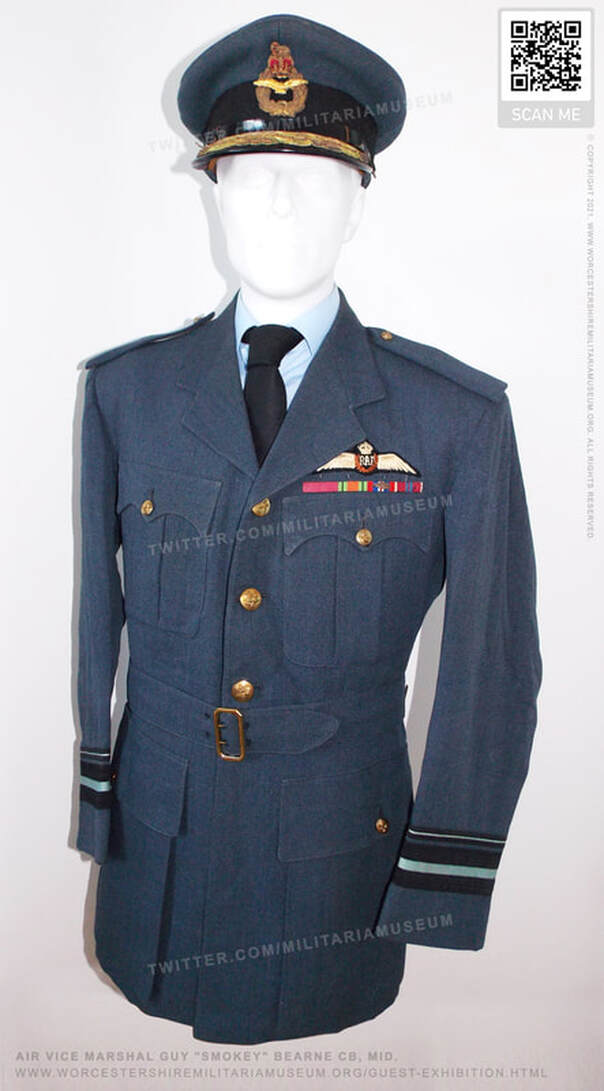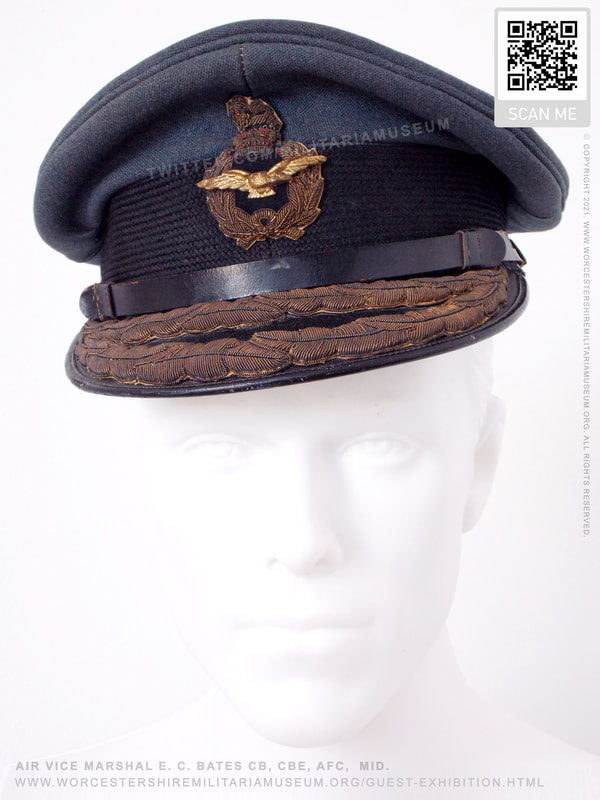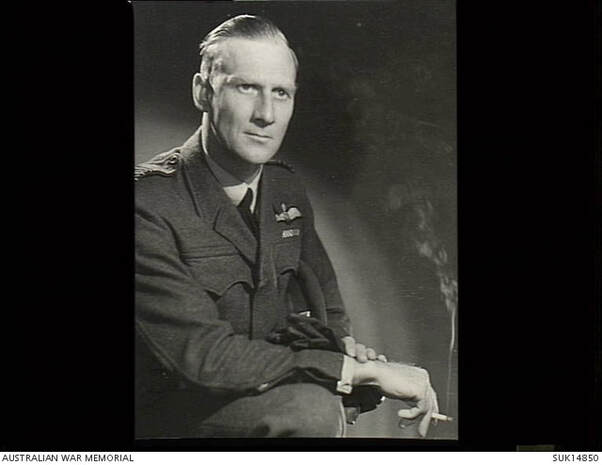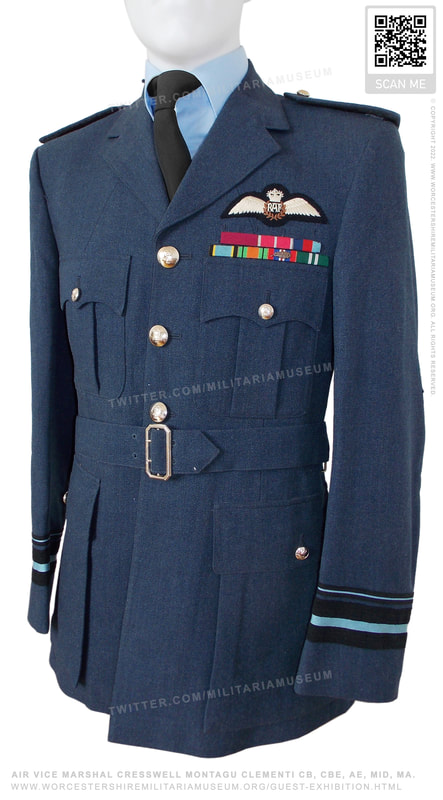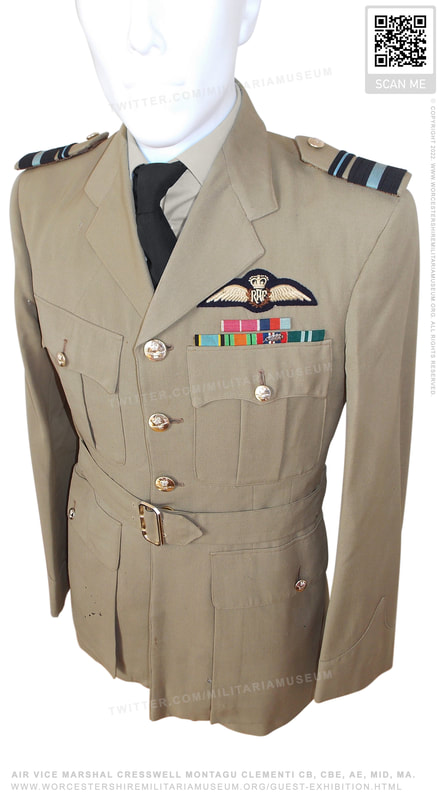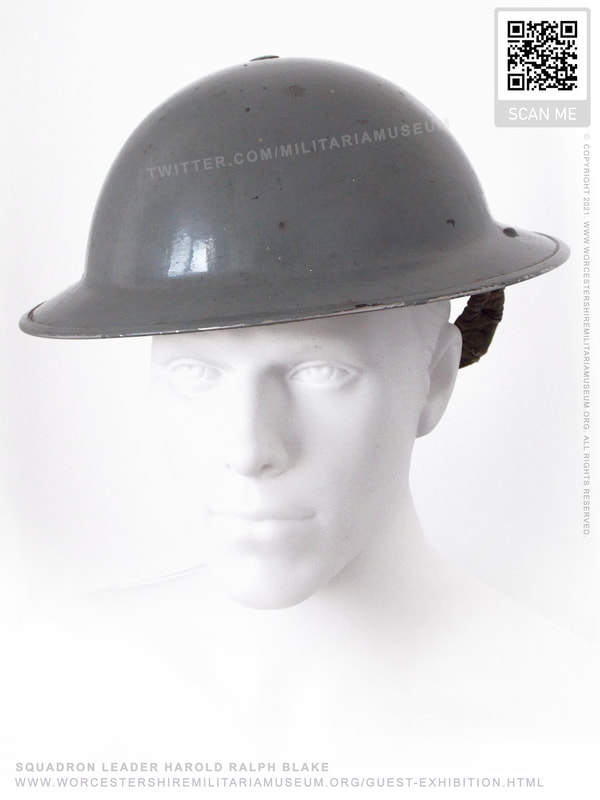PAST EXHIBITS
This archive gallery shows a selection of previous exhibits from our
Behind the Uniforms Exhibition, which are no longer part of the museum.
It is dedicated to their service and memory.
If you would like to donate a uniform or item
of headdress to the museum,
please visit this page.
